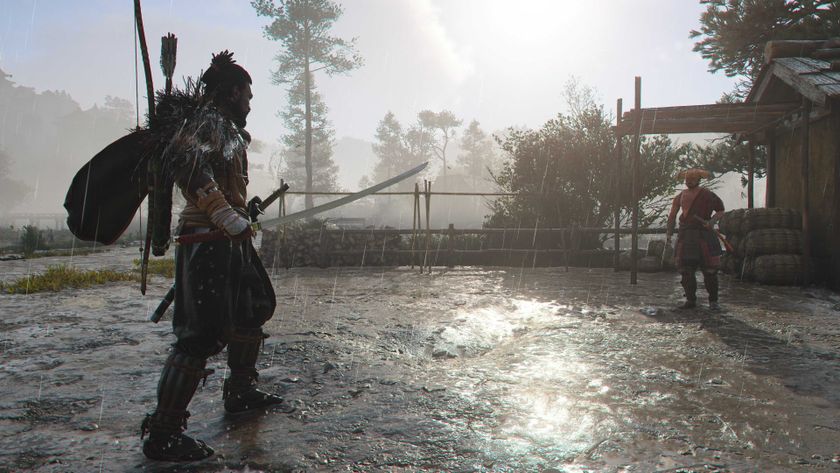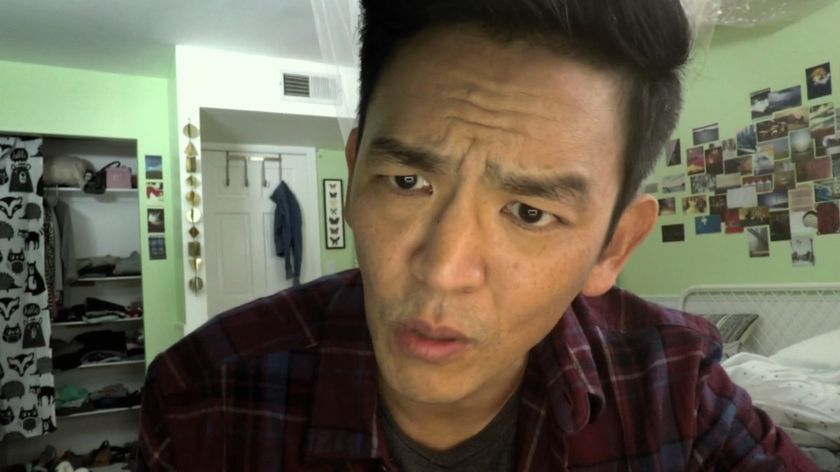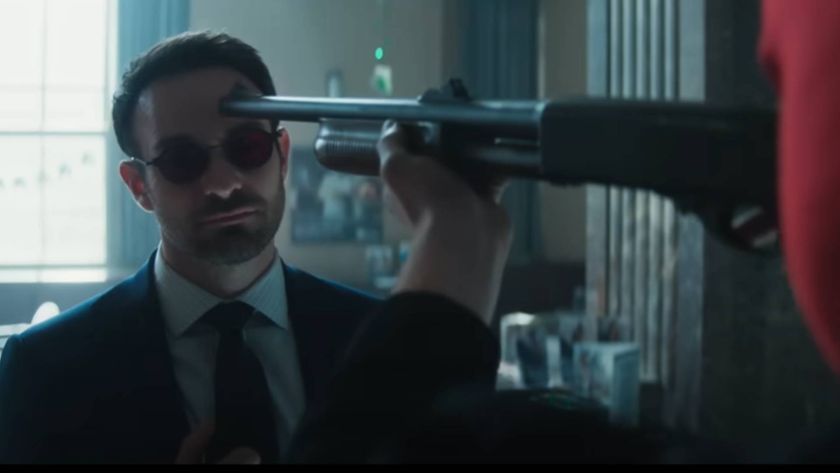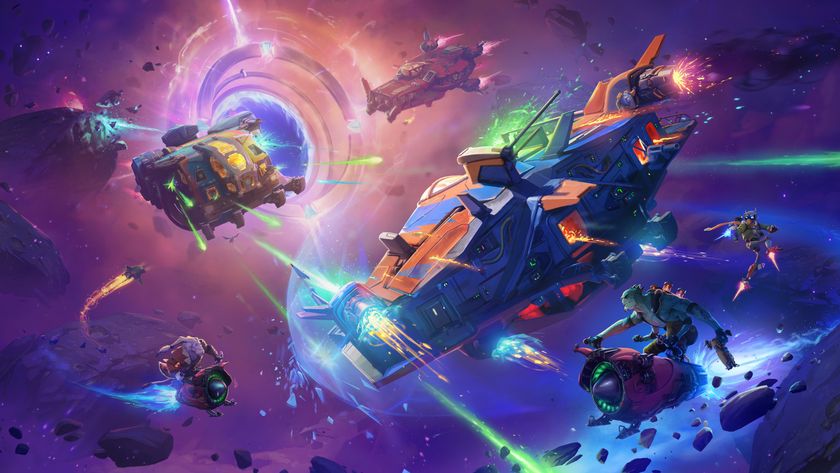Paper Mario The Thousand Year Door was a hilariously dark joke we didn't expect Nintendo to ever tell again
Opinion | And then it went and told it all over again anyway - this time with a distinctly different tone

And to think, it all starts so innocently. Mario receives a letter from Princess Peach inviting him to the town of Rogueport for a treasure hunt. The name of this destination is a mild red flag, perhaps, but there's little else to suggest you're not in for another family-friendly adventure. Then you arrive in Rogueport and one of the first NPCs reminds you that death comes for us all. If you prefer a more visual reminder, might we point you towards the gallows in the main square?
Rogueport is a seedy backwater, home to Bob-omb thugs and Goombas on the lam. Even the Piantas, who seemed so innocent in Super Mario Sunshine, are running an organised crime outfit, their Goodfellas-parodying dialogue managing to make Mario look like a sensitive portrayal of Italians. And the town is a statement of intent in more ways than one, making it clear that Intelligent Systems has no interest in taking us on yet another tour of the Mushroom Kingdom.
Instead, Mario visits haunted tropical islands, posh trains, and Glitzville, a gaudy eyesore hosting a corrupt fighting tournament in which he must compete as 'The Great Gonzalez'. It's when visiting Twilight Town, though, that we realise we're truly not in Kansas any more. Its yellow-eyed, ghoulish-skinned locals are some of the most cursed-looking NPCs ever seen in a Mario game. Which proves the least of their problems, because the actual curse upon the town is transforming its citizens into pigs. When one mother is stricken, her son asks Mario: "Are pigs good eatin'?"
Rogue, like
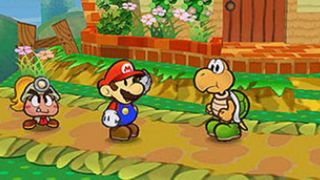

This feature originally appeared in Edge Magazine. For more fantastic in-depth interviews, features, reviews, and more delivered straight to your door or device, subscribe to Edge.
There'd been hints of this wonderfully nasty sense of humour in the game's N64 predecessor, which referenced Taxi Driver and occasionally accused Mario of murdering a penguin. But it's still shocking to play something starring Nintendo's mascot that has a joke name-checking martial law. Taking advantage of its cutesy exterior, ThousandYear Door indulges in sidequests where you're clearly moving contraband. Where you fight a dragon that offers you a sniff of its feet. Where Mario is constantly smooched by female characters including Flurrie, a diva actress whose character design is just one more reason we're unlikely to see a Switch rerelease any time soon. Clearly Nintendo's internal censors spent 2004 taking some very long vacations.
More impressive is just how much of this material lands. Some tiresome mid-noughties bro-speak aside, it's a contender for Nintendo's funniest ever translation job. (Sorry, Animal Crossing: New Horizons, you should've written more jokes for when we caught our thousandth sea bass.) Dark as it can get, ultimately this is as loving a pastiche of the Mario formula as you'll find. Bowser isn't the main antagonist, but spends the game ineptly trying to be. Luigi goes on his own ridiculous quest that mirrors yours, his long-winded tales about it sending Mario to sleep within a few sentences. Princess Peach is kidnapped, naturally, but is kept in confinement with a supercomputer that falls for her. There's a long sequence where the princess and the machine discuss the meaning of love, made even funnier by the game playing it completely straight.
That sincerity is the game's secret weapon. Great jokes are matched by a terrific cast of heartfelt companions. There's Koops, a shy Koopa Troopa on a quest to avenge his father (forgive the generic setup; there's a great twist), and Bobbery, a Bob-omb sailor and widower who needs your help to recover from heartbreak and reignite his love of the sea. And Vivian, a ghost who learns to defy her siblings and partner up with a true ally (see 'Lost in trans-lation'). Which is not to say that the game doesn't leave room in its cast for sillier characters – such as Ms Mowz, a mouse burglar whose scenes with Mario make the Catwoman-Batman relationship look chaste. "Who's this handsome hunk of cheese?" indeed.
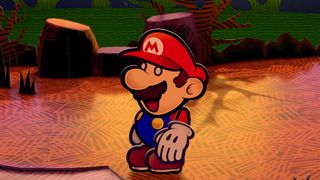
"Yet if Thousand-Year Door's narrative constantly surprises, the combat is far more traditional."
Yet if Thousand-Year Door's narrative constantly surprises, the combat is far more traditional. Newcomers who've overheard fan demands for the series to bring back this fighting system might be surprised how conservative it is. Fights are turn-based affairs that'll feel familiar to anyone who's played an RPG, and really familiar to players of the first game. There are some nice flourishes, such as the way well-timed button presses can make your attacks stronger and defend you from enemy hits, and the collectable badges which give you access to combat abilities, powers or trade-offs that boost one attack while disabling another. But these are ideas taken from Paper Mario 64 – and in the former case, one that's executed better in the Mario & Luigi handheld RPGs.
Fortunately, the one major combat innovation here is an all-timer. With each enemy encounter, the game cuts to a curtain rising, revealing that you're now battling on a literal stage in front of an audience. The more stylishly you fight, the more they'll cheer, filling a metre to fuel your special moves. Fans throw power-ups; hecklers throw rocks. You can even appeal to the crowd directly, blowing kisses and shamelessly hamming it up. Mario waving to the audience like a child in a school play who's just spotted his parents might not win him an Olivier, but it is adorable. Presentation-ally, the stage is a brilliant idea, both embracing and exposing the absurd formalities of the turn-based RPG, where everyone politely waits to attack each other, as pure theatre. It pairs perfectly with the game's anarchic Muppet Show vibe, of biting the hand that feeds while also still putting on a great show. You won't find an RPG that so successfully hides ancient combat by drowning it in charisma and charm this side of Persona 5.
Still, it's a long adventure, and as enemies begin repeating and the once-novel combat minigames become routine, battles feel increasingly like distractions from the good bits. Too often a fun bit of Zelda-like puzzling loses its flow because you're interrupted by an enemy's arrival. The penultimate chapter, meanwhile, blasts Mario to the Moon – but what he finds up there are rock monsters we'd grown tired of battling hours before. A train journey where you have to solve mysteries with a Poirot wannabe uses combat far more sparingly, remembering that the game's strengths are its storytelling and its characters.
Sign up to the 12DOVE Newsletter
Weekly digests, tales from the communities you love, and more
Apparently in recognition of these flaws, every Paper Mario since has tried a new approach to its mechanics. Wii's Super Paper Mario is a puzzle platformer – a slam-dunk, considering its star, but this otherwise imaginative game too frequently devolves into a backtracking-obsessed chore. Sticker Star on 3DS relies on single-use stickers for its scraps, irritatingly encouraging restrained play. Wii U's Colour Splash has tedious card combat that feels reverse-engineered to make the GamePad necessary.
Innovation is usually one of Nintendo's strengths, so it's frustrating to see it struggle for so many games in a row. If any of these successors had figured out a battle system as accomplished as, say, Ubisoft's Mario + Rabbids games, the fan cries for a return to the series' RPG roots would surely be much quieter. But while we'd advise being careful what you wish for – the sad fate of the now defunct Mario & Luigi series shows what happens when an RPG formula fails to evolve – the demand for a sequel with this same cast and degree of imagination is easy to understand. Unfortunately, Nintendo has legislated that possibility out of existence.
Star as you mean to go on
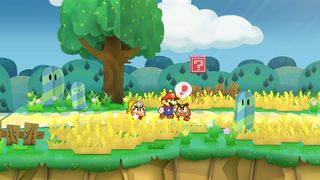
"Maybe it's asking too much to want the star of a billion-dollar film franchise to go back to appearing in games with jokes about martial law and eating your mother."
Starting with Sticker Star, Shigeru Miyamoto told the team to use existing characters from the Mario universe as much as possible. No more purple spirits and smooch-loving mice, then. A shame, given the sense that anything could be on the other end of those warp pipes was what made Thousand-Year Door such an anarchic treat. This game demonstrates that comedy is all about subverting expectations, something that's much harder to achieve when your sequels are forced to be mildly sarcastic spins on the usual haunts and faces.
Miyamoto also told the team to focus less on narrative, saying, "It's fine without a story" – this insight taken from an Iwata Asks interview that is trying to sell you on Sticker Star. It's particularly galling when considering how much Thousand-Year Door (a game that literally starts with a storybook opening) loves to spin a good yarn. The corrupt fighting-ring conspiracy. The treasure-hunting coward who's willing to bravely sacrifice himself for his crew. The tragic romance between the computer and the princess. These tales stay with you long after the punchlines fade from memory. The creator of Mario obviously knows a thing or two about game design, but this feels more like the creative call you'd expect from the producer of Illuminations' disappointingly risk-free Super Mario Bros Movie.
Maybe it's asking too much to want the star of a billion-dollar film franchise to go back to appearing in games with jokes about martial law and eating your mother. Comedy is a risky art, and Thousand-Year Door's balancing of heart and darkness could have easily gone wrong. Perhaps we should be grateful Nintendo never risked giving it a proper encore.
Indeed, The Origami King, the series' most recent instalment, scored 8 in these pages for going almost completely the other way, with a lighter, sweeter comic tone that allowed it to escape its predecessor's shadow. This is a game that has Mario joyously throwing confetti to heal a broken world, rather than joking about imposing a dictatorship upon one. It's nice to finally have a new Paper Mario worth a little confetti-throwing of our own, even if some part of us will always miss the darker Nintendo the series once showed – one willing to engage in literal gallows humour.
This feature originally appeared in Edge magazine issue 389. For more fantastic features, you can subscribe to Edge right here or pick up a single issue today.
As well as GamesRadar, Abbie has contributed to PC Gamer, Edge, and several dearly departed games magazines currently enjoying their new lives in Print Heaven. When she’s not boring people to tears with her endless ranting about how Tetris 99 is better than Tetris Effect, she’s losing thousands of hours to roguelike deckbuilders when she should be writing.
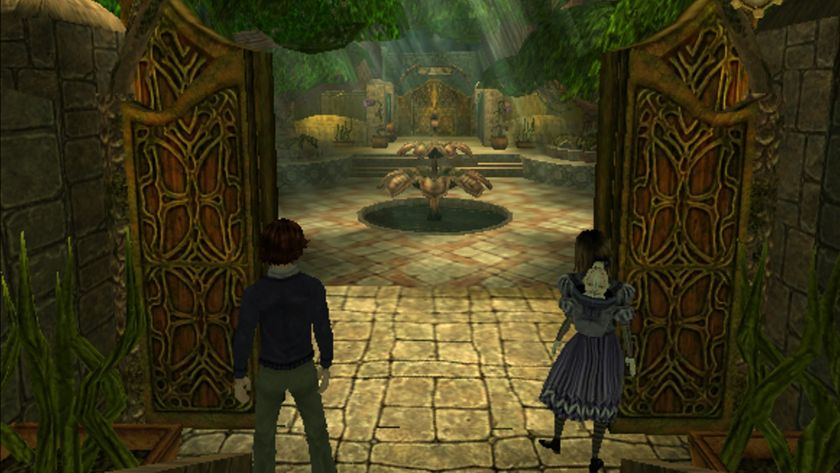
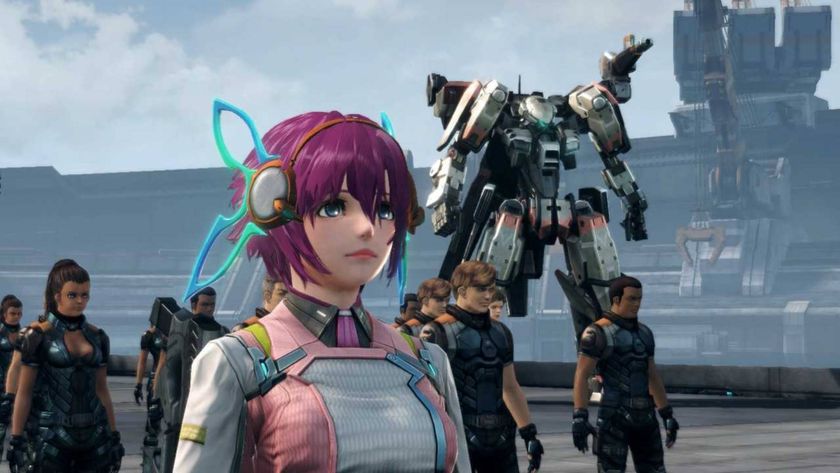
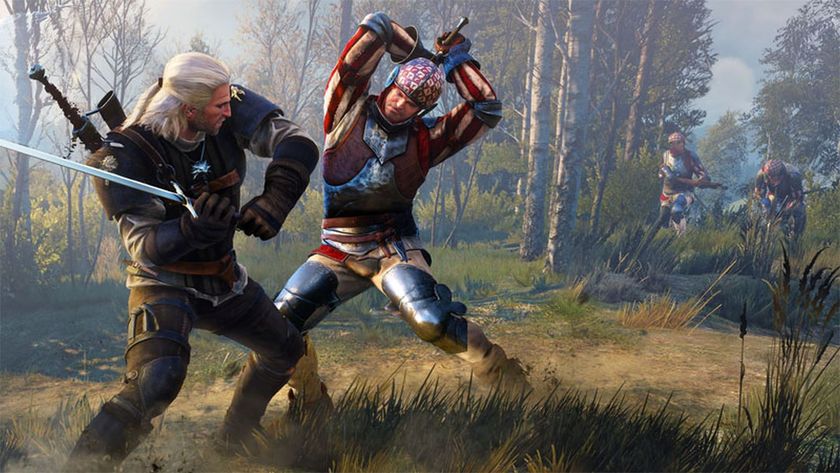
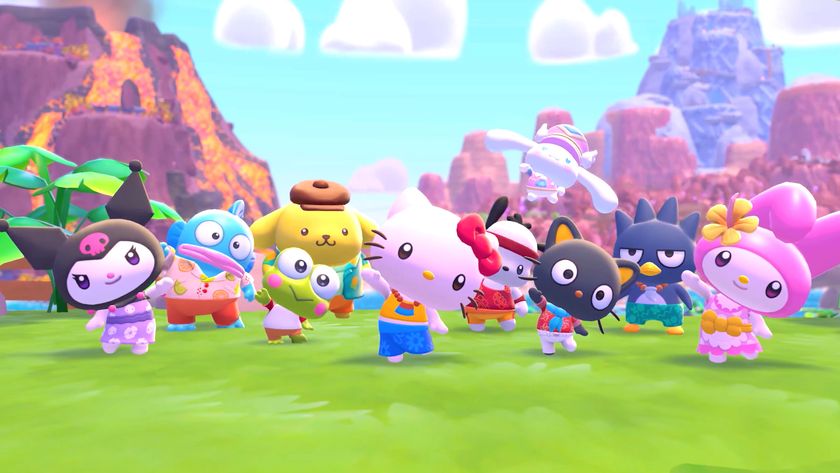
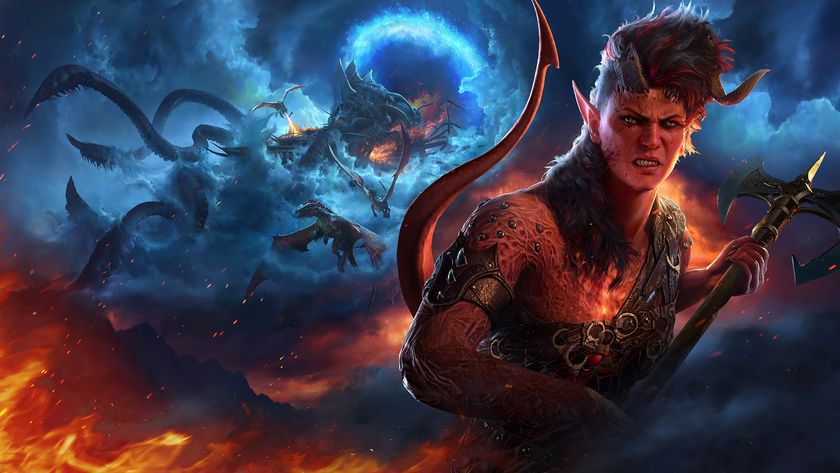
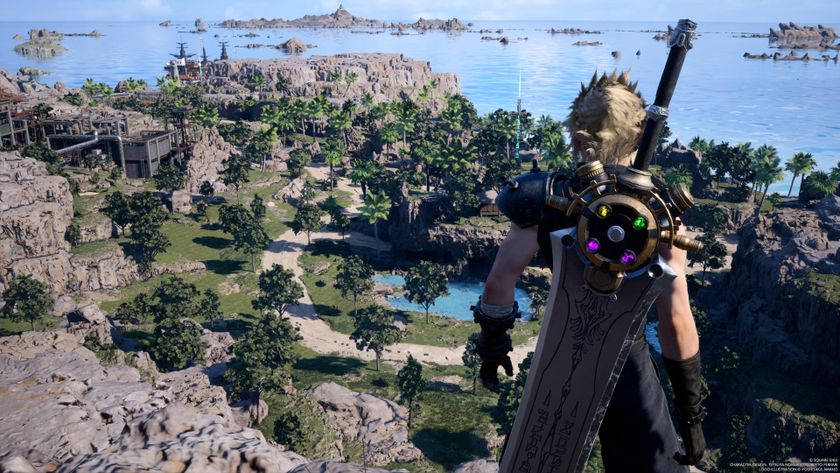
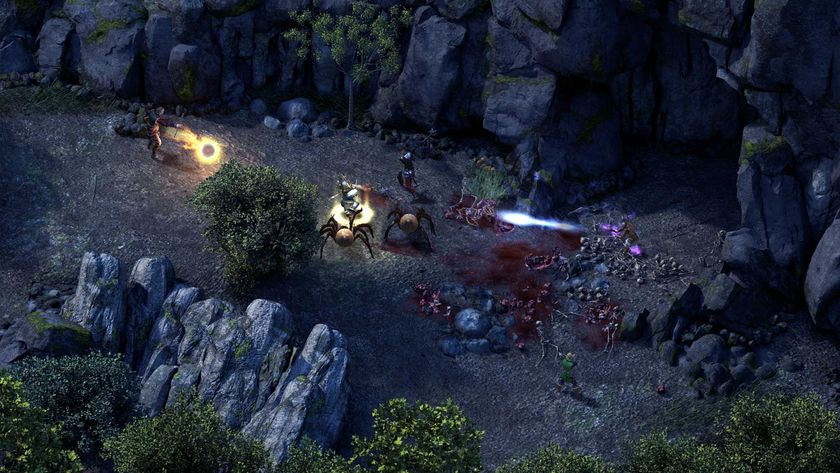
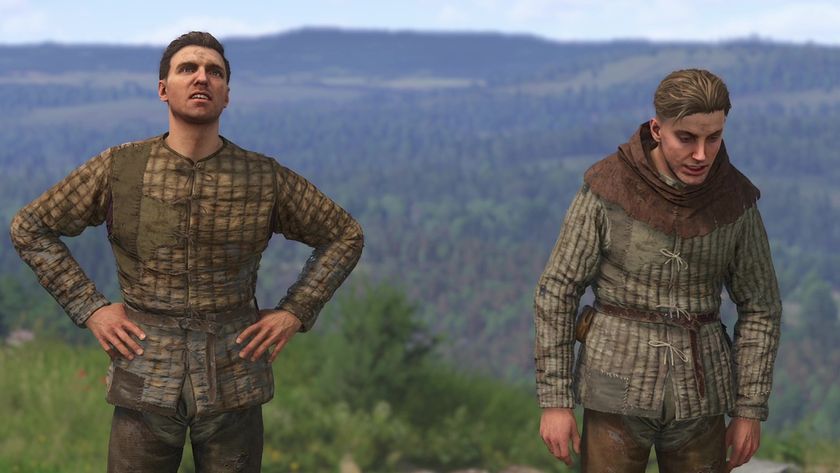
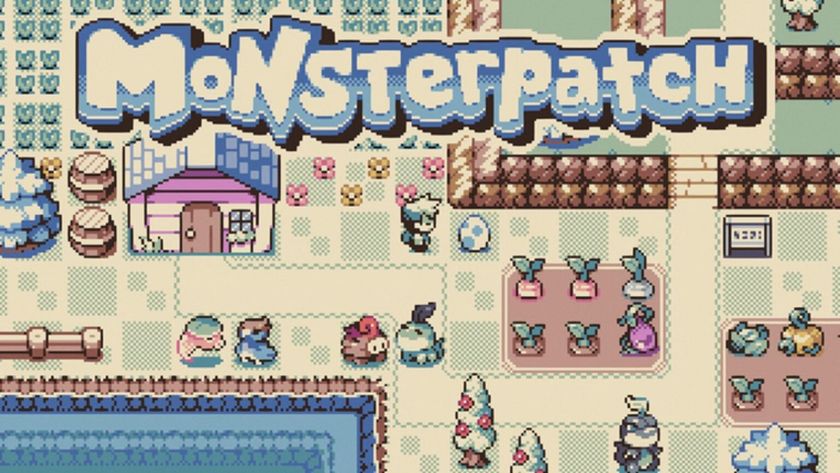
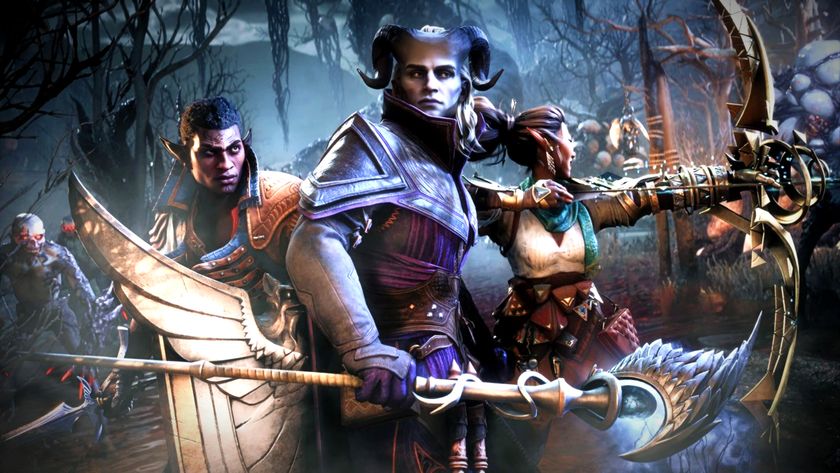
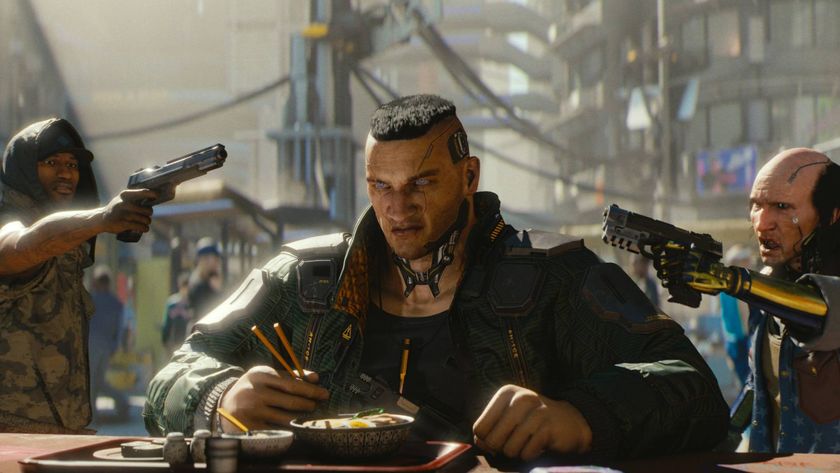
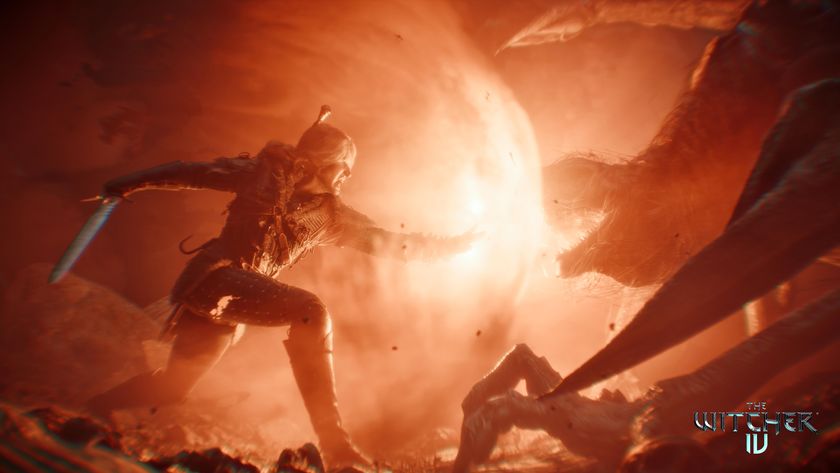
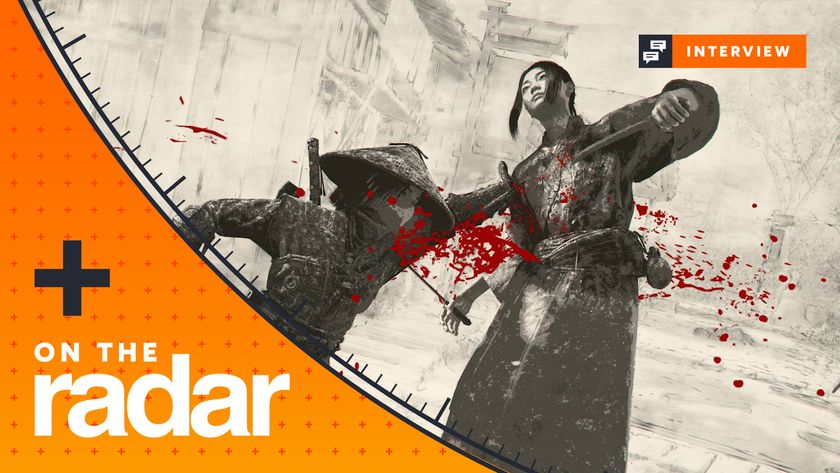

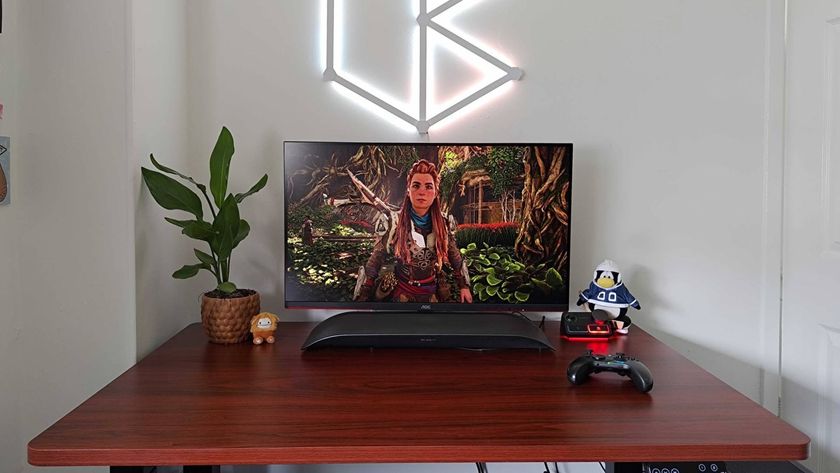

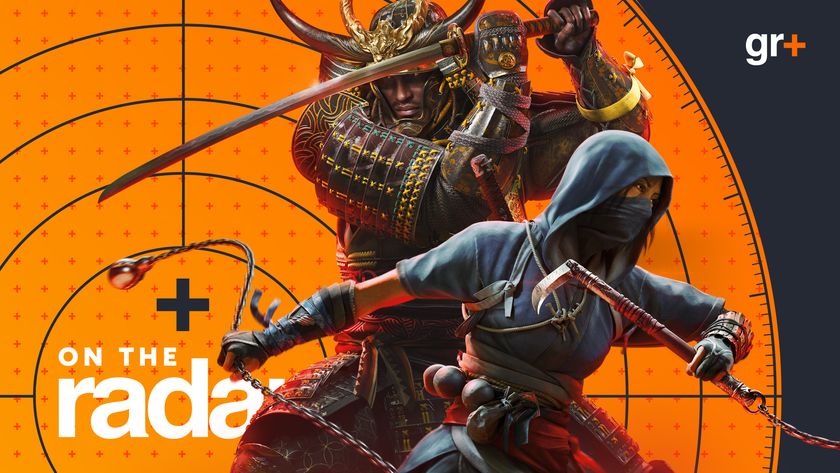
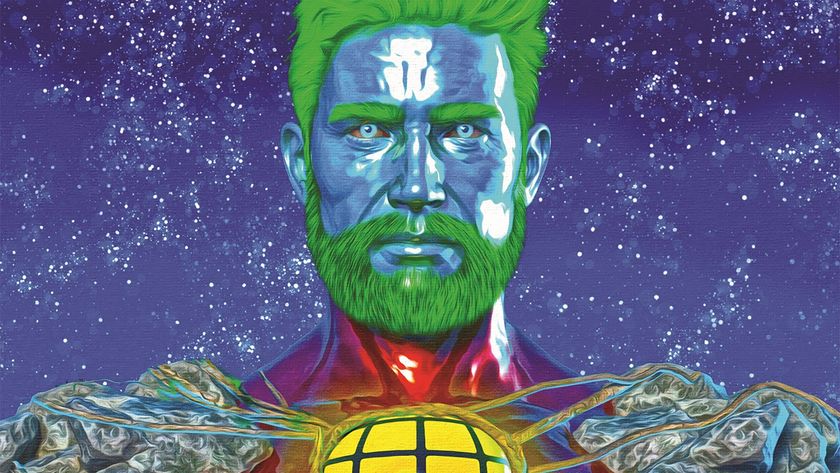

This cozy RPG promises a Pokemon and Stardew Valley mashup with "limitless customization," 208 monsters, and more, so no wonder its Kickstarter was funded in just 16 minutes

Reclaiming their crown, pacifist Kingdom Come: Deliverance 2 player beats the whole RPG as "Merciful Henry": 1,741 strikes blocked, 472 knockouts, and zero kills

